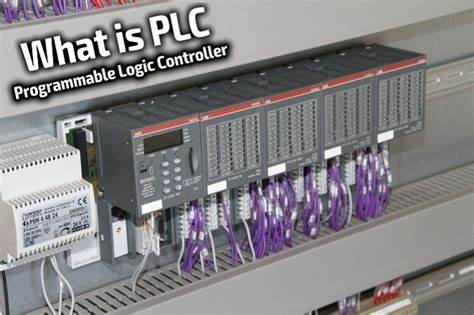Digital control systems differ from continuous-data, or analog, systems in that the signals in one or more parts of the system are in the form of either pulses or digitally coded signals. Due to the advances made in microcomputers, digital controllers have become very popular in control systems.. Typically, the controlled process (plant) is an analog device, but the controller is digital. In this case, the reference input is shown to be an analog signal. The analog-to-digital converter (A/D) converts the analog signal into a digitally coded signal. The output of the digital controller is a digitally coded (such as binary-coded) signal. The digital-to-analog converter (D/A) converts the digital signal into an analog one for the controlled process.

